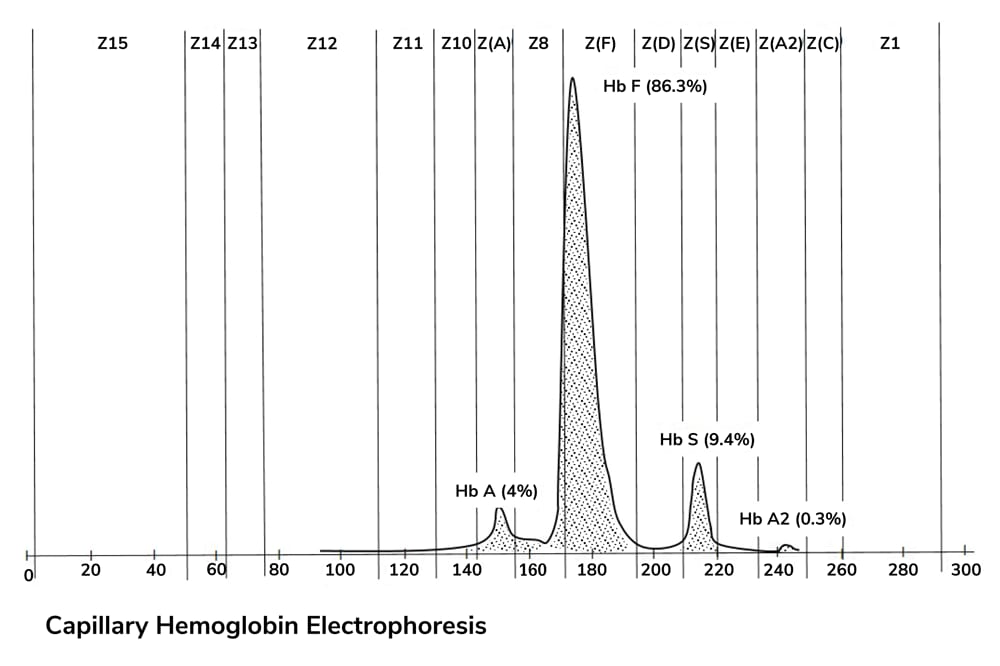With viral illnesses on the rise globally, it’s clear that we need diagnostic options. But, in many cases, just knowing the name of the causative pathogen is not enough; we need to know how likely a patient is to develop severe disease – and what treatment options exist when it happens.
 Credit: National Center for Biotechnology Information. PubChem Compound Summary for CID 71080, D-alanine.
Credit: National Center for Biotechnology Information. PubChem Compound Summary for CID 71080, D-alanine.
D-amino acids, uncommon stereoisomers of the more abundant L-configurations, are known to modulate colonization and host defense in bacterial infections (
) and have even been used as a bacterial biosensor () – so a group of researchers in Japan opted to exploreD-amino acids’ potential in viral infections (). They noted significantly reduced levels ofD-amino acids in the blood of mice with severe influenza A infection, then performed the same testing in human patients with severe COVID-19 requiring respiratory support. These patients exhibited the same reduction in circulatingD-amino acids – particularlyD-alanine – compared with healthy controls. From this, the researchers concluded that blood levels ofD-alanine, and potentially otherD-amino acids, may serve as a useful biomarker of disease severity in viral infections.Because reduced D-amino acids were common in severe disease, the researchers next opted to investigate whether supplementation could alleviate the severity of the infection. Initially, they provided influenza A-infected mice with either D-alanine or D-serine supplementation orally, finding that the D-alanine-supplemented mice exhibited better weight loss mitigation. Analysis of blood and lung samples at five days post-infection further revealed that viral titers were lower in the lungs of mice treated with D-alanine and that tissue damage – such as obstructive alveolar spaces, hemorrhage, and immune cell infiltration – was less prominent.
A mouse model of SARS-CoV-2 infection was then also treated with D-alanine via intraperitoneal injection. In these mice, D-alanine treatment mitigated weight loss and improved survival rates (though survival effects were limited due to the variable efficacy of D-alanine supplementation). Mice whose blood D-alanine levels increased with supplementation exhibited a better overall prognosis.
The researchers hope that their studies will allow healthcare professionals to use circulating D-alanine levels to stratify patients according to their risk of severe disease – and perhaps even alleviate the severity of disease by supplementing patients with reduced blood D-alanine. Before that can happen, though, they highlight the need for further studies in larger human patient cohorts – and potentially on those infected with emerging SARS-CoV-2 variants.
References
- J Sasabe, M Suzuki, “Emerging role of D-amino acid metabolism in the innate defense,” Front Microbiol, 9, 933 (2018). PMID: 29867842.
- MFL Parker et al., “Sensing living bacteria in vivo using d-alanine-derived 11C radiotracers,” ACS Cent Sci, 6, 155 (2020). PMID: 32123733.
- S Kimura-Ohba et al., “d-Alanine as a biomarker and a therapeutic option for severe influenza virus infection and COVID-19,” Biochim Biophys Acta Mol Basis Dis, 1869, 166584 (2023). PMID: 36280155.




